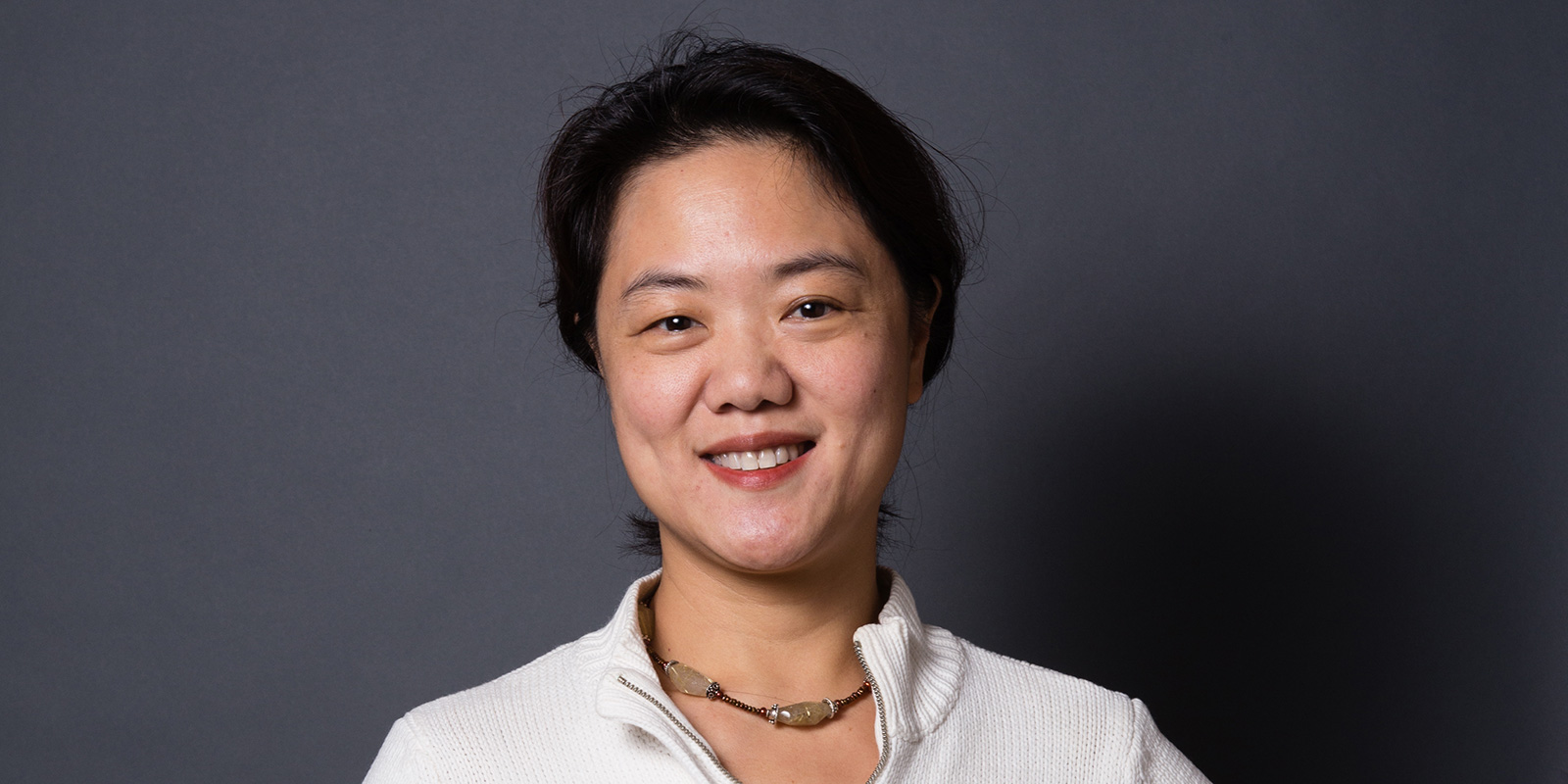Dr. Jie Mao: 'Varicose veins can signal a circulatory problem'
- Category: General, Primary Care, Women’s Health
- Posted On:
- Written By: Boulder Community Health

For many people, varicose veins are simply a cosmetic concern. For other people, varicose veins can cause aching pain and discomfort. Sometimes varicose veins lead to more serious problems.
“Varicose veins can signal an underlying circulatory problem that can be medically very dangerous,” BCH diagnostic and interventional radiologist Jie Mao, MD, explained during a free online health lecture.
Even if you aren’t troubled by your varicose veins, you should be aware of some problems that can occur if you ignore them for too long.
______________________________________________________________________________
Watch "Say Goodbye to Varicose Veins"
______________________________________________________________________________
Symptoms and complications
Varicose veins can appear as swollen, twisted and bulging veins or as dark blue blood vessels, most commonly in your legs or feet.
Dr. Mao said that, for many people, they do not cause pain or any other overt symptoms. For other people, varicose veins can cause symptoms in the legs known as HASTI:
- Heaviness
- Achiness
- Swelling
- Throbbing
- Itching
“These symptoms are usually worse at end of day and with prolonged standing or increased activity,” Dr. Mao explained.
Other symptoms can include:
- Restless legs that make it hard to sleep
- Muscle cramping in lower legs
- Skin inflammation or dermatitis
- Poor circulation associated with varicose veins can result in complications, which include painful blood clots, recurrent skin ulcers or open sores and bleeding from a burst vein.
“It’s important to look out for symptoms of varicose veins even when you have no visible signs of them. On rare occasions, they can develop deep in your leg’s venous network where blood clots can potentially form. If these clots break off, they can travel to the lung and cause serious problems such as pulmonary embolism,” Dr. Mao warned.
Treatments
There are several different treatment options. They range from self-care measures and compression stockings to procedures that close or remove the problem vein.
Dr. Mao said, “It’s crucial to distinguish between cosmetic-only versus medically dangerous varicose veins. The best way to do this is to have an ultrasound, which will help determine the next steps for treatment."
Self-care measures. According to Dr. Mao, certain self-care measures can help improve circulation and the onset of problems. These include:
- Exercising such as bicycling or swimming.
- Avoiding long periods of sitting or standing.
- Rotating your feet at the ankles, extending your legs and contracting the calf when sitting. Also, avoid crossing your legs.
- Maintaining a healthy weight.
- Elevating your legs at or above heart level three or four times a day for about 15 minutes.
- Applying essential oils, such as cypress essential oil, to the affected area.
- Consuming an anti-inflammatory diet. This includes one that is high in fiber and antioxidants — for example, apple cider vinegar and witch hazel. Natural herbs, such as horse chestnut, bilberry and butcher’s broom, can potentially help.
- Compression stockings. These elastic stockings squeeze the veins and prevent blood from pooling. Dr. Mao recommends wearing every day a minimum of 20-30 mmHg compression stockings.
Traditional treatments. Saline sclerotherapy involves injecting a chemical into the vein so that it can no longer transport blood. The treatment generally requires more than one session.
Another traditional treatment is phlebectomy, which is the surgical removal or stripping of the vein. But like any surgical procedure, it comes with some risks and requires more recovery time than less invasive varicose vein treatments.
Minimally invasive procedures
Dr. Mao went on to explain how she performs some of the latest minimally invasive treatment options such as outpatient laser and radiofrequency ablation.
“The problem vein is located with ultrasound, and a tiny catheter is inserted into the vein. The catheter delivers either laser or radiofrequency energy directly to the inside wall of the varicose vein, which shrinks and seals it,” she stated. “The treatment usually lasts 15 to 20 minutes.”
Laser ablation procedures have success rates of greater than 95 percent.
“In order to prevent the recurrence of varicose veins, a combined treatment of ablation and microphlebectomy should be done at the same time,” Dr. Mao advised. “Microphlebectomy is the minimally invasive removal of veins that are just under the surface of the skin. The incisions are so small that they often don’t require stitches to close them.”
Dr. Jie Mao has been treating varicose veins at BCH for more than 15 years. For a varicose vein consultation, please schedule a pre-ablation ultrasound by calling 303-415-7544. For more information on interventional radiology, call 303-415-7249.
Click here to view/download slides shown during the lecture on “Say Goodbye to Varicose Veins.”
Want to receive notification of special events and lectures? Sign up to receive email notifications.